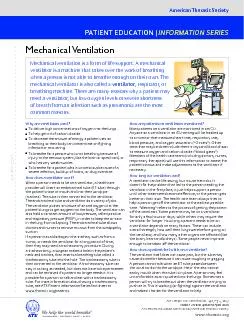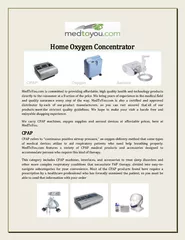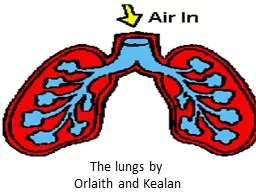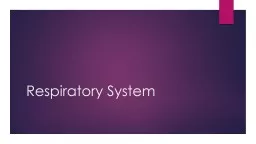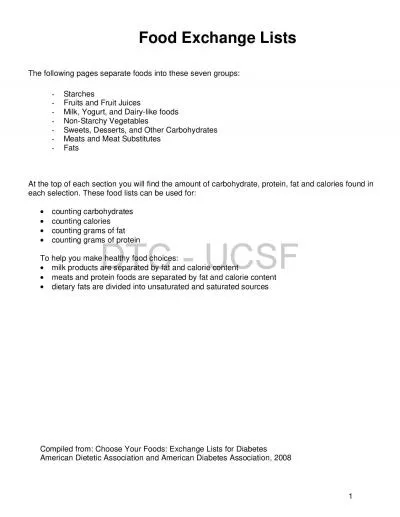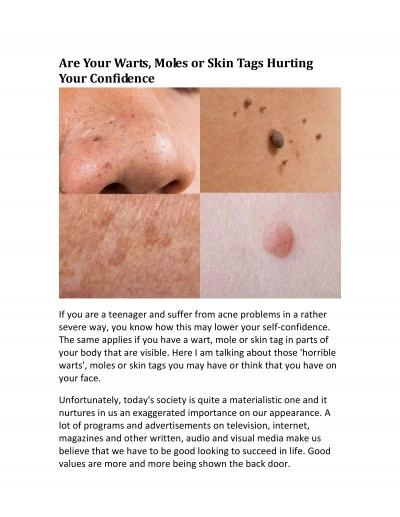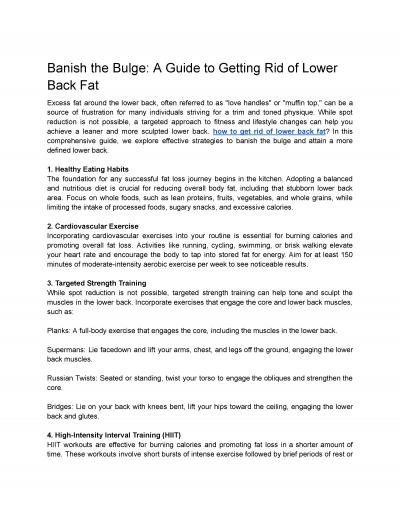PDF-To get oxygen into the lungs and bodyTo help the lungs get rid of carb
Author : giovanna-bartolotta | Published Date : 2015-12-02
respiratory therapists will use this information to assessthe patient
Presentation Embed Code
Download Presentation
Download Presentation The PPT/PDF document "To get oxygen into the lungs and bodyTo ..." is the property of its rightful owner. Permission is granted to download and print the materials on this website for personal, non-commercial use only, and to display it on your personal computer provided you do not modify the materials and that you retain all copyright notices contained in the materials. By downloading content from our website, you accept the terms of this agreement.
To get oxygen into the lungs and bodyTo help the lungs get rid of carb: Transcript
Download Rules Of Document
"To get oxygen into the lungs and bodyTo help the lungs get rid of carb"The content belongs to its owner. You may download and print it for personal use, without modification, and keep all copyright notices. By downloading, you agree to these terms.
Related Documents

